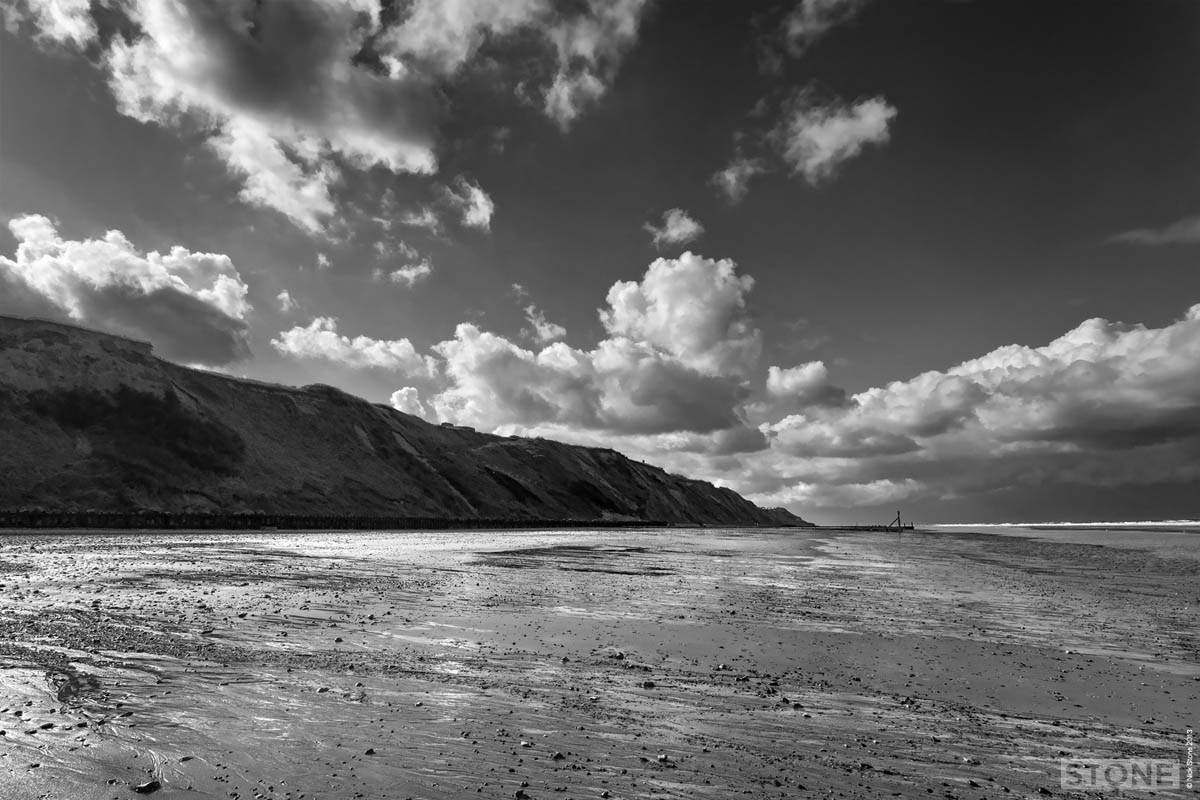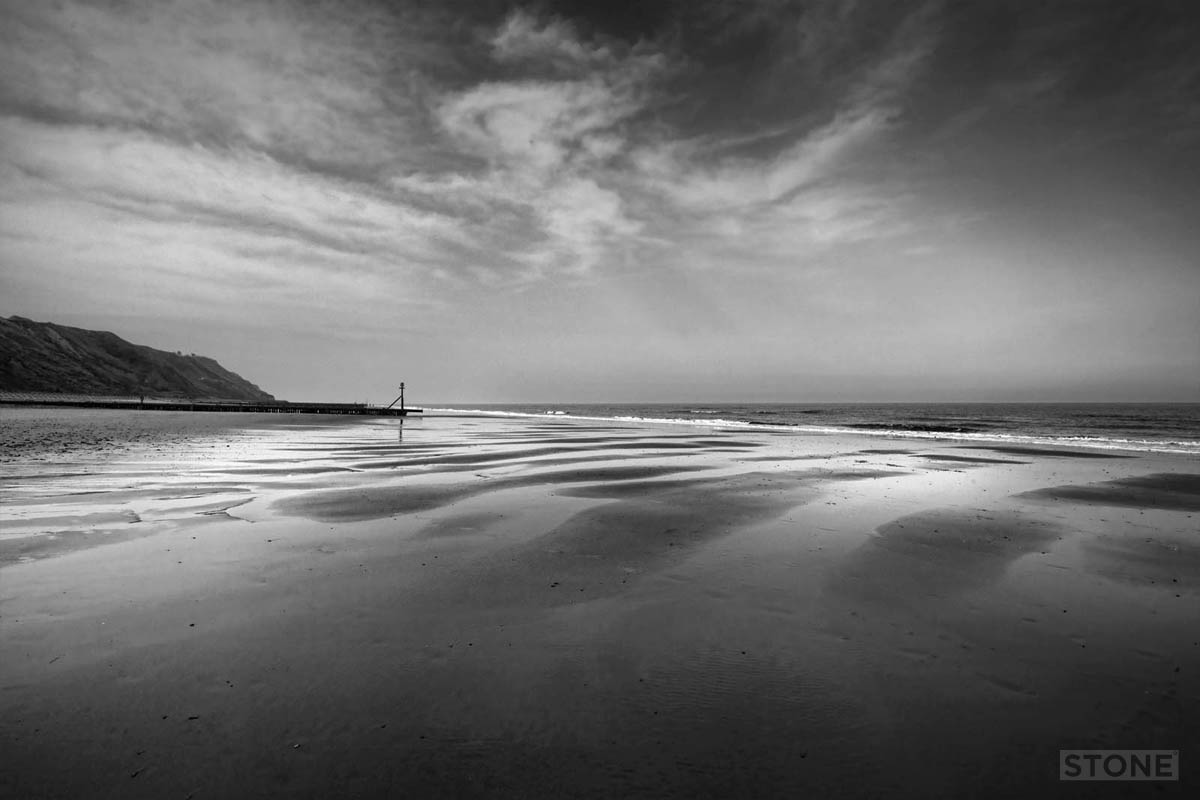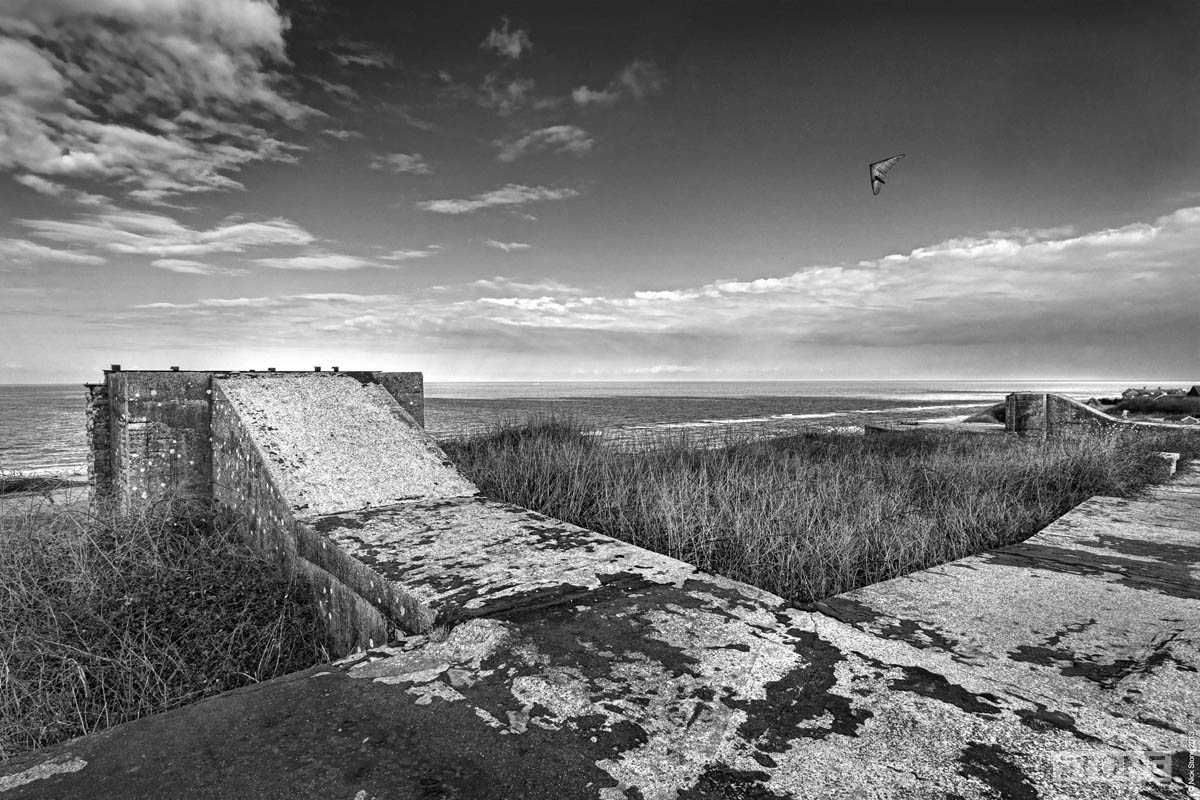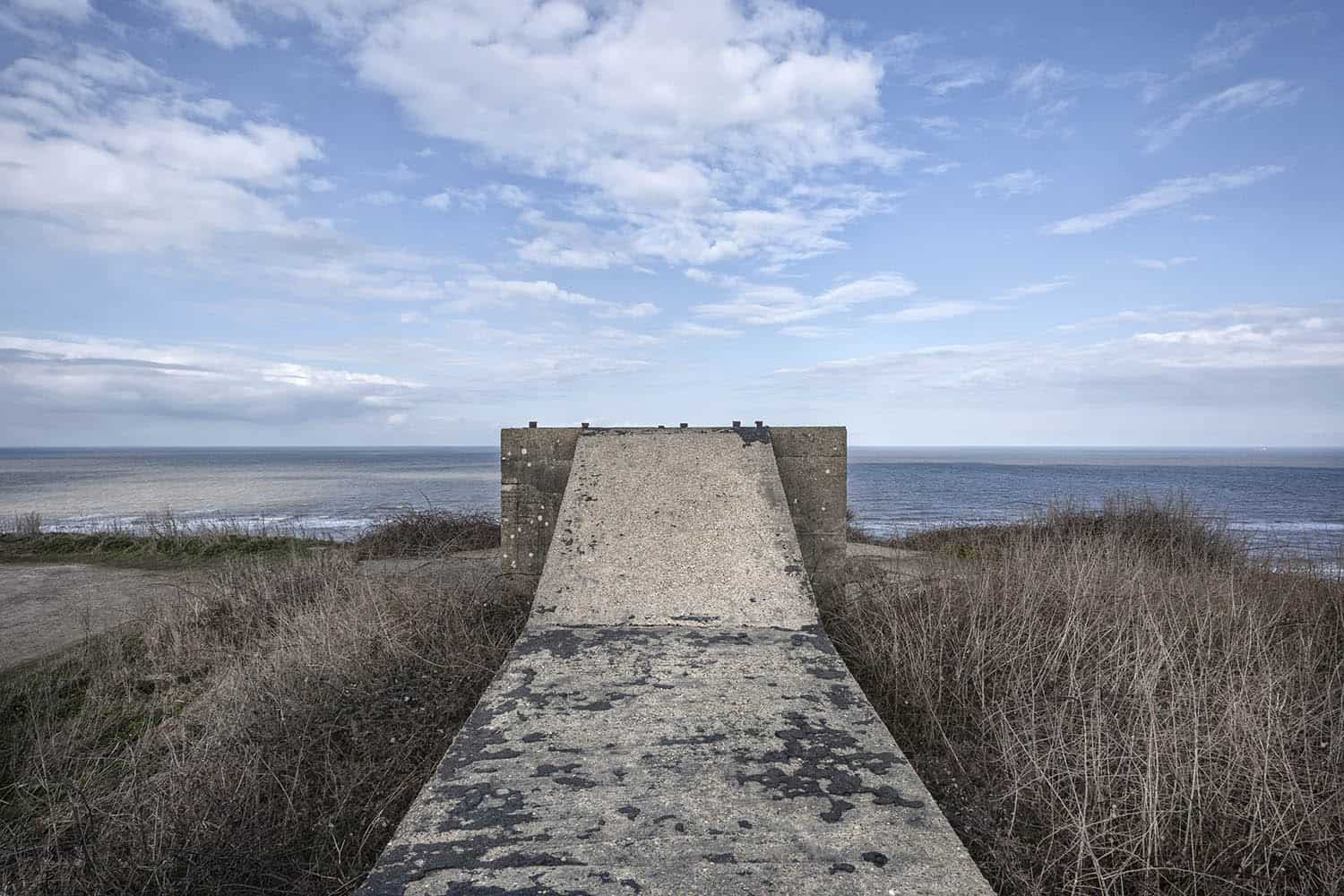An odd little place is Mundesley, somewhere between Victoria and now you can sense a fading into much more of a backwater than was probably intended by the holiday destination builders. A pretty Victorian resort perched on high soft glacial sand cliffs, protected from the tidal extremes by a concrete rampart, the village is poised somewhere between the choppy dunes edged flats of Horsey and Winterton and the rise up towards the bright lights of Cromer. This was one of my childhood beaches, easy parking on the big field behind the arcade, ice creams in plain sight, a chippy. With it’s wide expanses of yellow sand and a slowly shelving beach it had ample room for tourists from the chalet parks and caravans and locals from nearby North Walsham and Stalham. The sea is shallow and feels safe; the biggest danger in the 1970s was the occasional piece of debris from nearby sewage pipes and in 1976 a huge plague of ladybirds. This was the place for sandy sandwiches and pre-cancer worry no-factor suntan lotion. A place where post sand castle and pre-adulthood I would come to see local bands hammer out chords in a slightly disconnected norfolk new-wave wave at the coronation hall on the coast road.

It’s changed very little, the slopes and beach feel the same, there’s still ice cream – the marketing slightly more sophisticated, the big hotels still peer over the cliff to the North, now flats, the water is clean and relatively floater free, but essentially it hasn’t changed a huge amount, still busy in the summer and quiet in the winter. The cliffs occasionally yield some fossil remains; the rise forming the lower end of the Cromer Holt Ridge, the glacial terminal moraine thrust through the underlying chalk pushed up towards Trimingham hiding the Cromer beds; a home for horse, mammoth and tortoise mostly hidden behind the concrete toecap that the late nineteenth and early twentieth century slapped in place. There’s early human evidence too; carved wood and tools at the foot of the cliff this being part of the Palaeolithic proto-coastline. The settlement at Muleslai continues broken only by the sway of glaciation the movement of climate moving the population. Later there is evidence of Roman occupation and the name well it’s probably Anglo-Saxon for a field or clearing ‘a piece of land’ teminating in -ley as it does. Eventually gifted to William de Warenne at the time of the Norman conquest, medieval pottery has been found and it boasts a nice but small Norman church rebuilt to house the incoming resort residences from the ruin that it had fallen into.

Perhaps the most startling piece of still existent visible history is the gun emplacement, just to the North of the resort proper, on the clifftop is the site of the Mundesley Battery accessible from the coast road just behind the old hotel that’s currently being turned into flats.

Twin 6 inch naval guns sat here in this menacing lump of concrete on the cliffs just before it turns into Trimingham where the Radar station was and is. This was built in about 1941 to protect the coast from Nazi Sea menace trying to steal our cornets and 99s. The beach was totally wired and defences plopped into the water to stop any landings. Now it’s mouldering away bricked up. It wasn’t in the 1970s when my friend Tim came here to look for damp porn mags the bigger boys had left behind amidst the crisp packets and fag ends in the mouldering remains of an unlocked past.

Looking out over the housing, the six inch Naval gun was mounted on a large concrete pad in front with a housing the bolts still in place. Protect shipping, repel invasion should it happen. It’s a large complex, mostly half buried in the cliff top now blindly staring out to sea.

A Favourite place since we discovered it in 1973. We return year after year, often more than once. We love the peace and simplicity of the place.